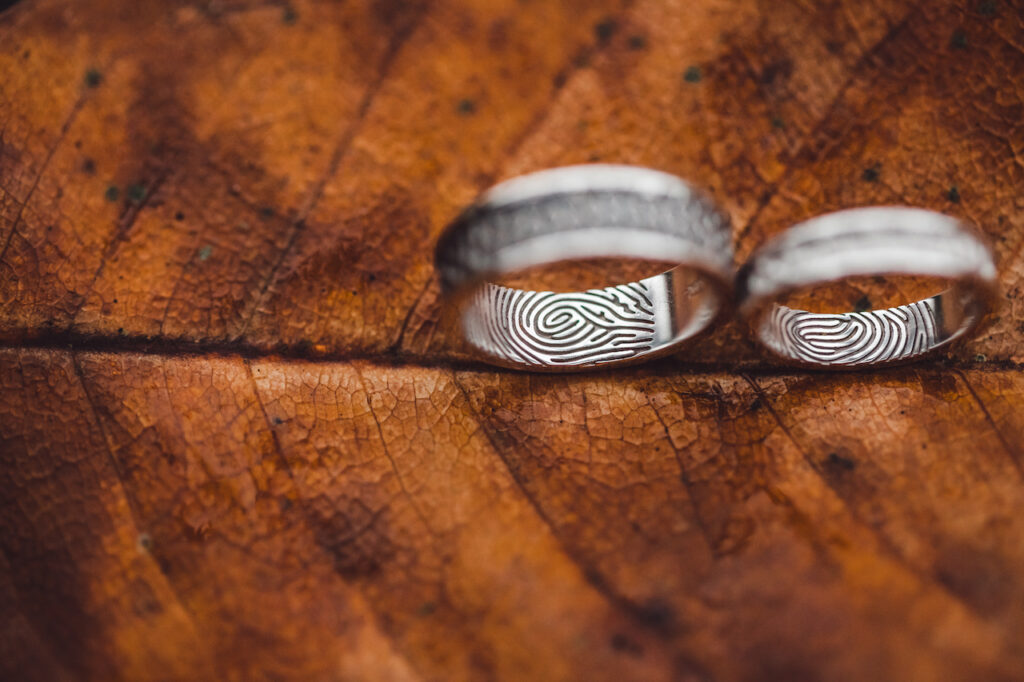The History of Men’s Wedding Bands

Wedding bands symbolize the eternal love and commitment between two individuals. While much attention is often placed on the bride’s wedding ring, men’s wedding bands have a rich history of their own. From plain metal to decorated jewels, men’s wedding bands have evolved significantly through time. Here’s a look at the pivotal moments in the history of men’s wedding bands.
1. Ancient Egypt: The Circle of Eternity
- Date: Circa 3000 BCE
- Key Feature: Rounded metal rings
- Significance:
- Men’s wedding rings can trace their roots back to Ancient Egypt. Egyptians idolized the circle as a symbol of eternity, with no beginning or end.
- Rings were often made of woven hemp or reeds, signifying immortal love and life.
2. Ancient Rome: A Public Statement
- Date: Circa 1st century BCE – 1st century CE
- Key Feature: Iron rings
- Significance:
- The use of wedding bands spread to Ancient Rome, where they started to be manufactured from iron.
- The Roman wedding band was a public declaration of marriage and a symbol of strength and permanence to the Romans.%
3. Middle Ages: Gimmel Rings and Poesy Rings
- Date: Circa 13th century – 16th century
- Key Feature: Engravings and inscriptions
- Significance:
- During the Middle Ages, gimmel rings featuring interlocking bands became popular among men.
- Poesy rings inscribed with romantic poetry or sayings also gained popularity, allowing for more personal expression.
4. World War II: Widespread Adoption of Wedding Bands
- Date: Circa 20th century
- Key Feature: Metal bands (often simple gold or silver)
- Significance:
- Wedding bands became widely worn by men during World War II as soldiers wore them as mementoes of their wives back home.
- This period solidified the wedding band as not just a woman’s accessory, but a man’s as well.
5. The Modern Era: Diversity and Personalization
- Date: Late 20th century – Present
- Key Feature: Various metals, gemstones, and customization
- Significance:
- Today, men’s wedding bands are available in a myriad of styles, metals, and with or without gemstones.
- Customization has become key, with options to engrave, choose different finishes and explore alternative materials like tungsten, titanium, and even silicone.
Conclusion
The wedding band has evolved from an ancient symbol of eternal love to a modern expression of individuality and style. Through times of simplicity and extravagance, men’s wedding bands have reflected cultural values and personal preferences. Today’s grooms have a wealth of options to choose from, ensuring their wedding band is as unique as their bond with their beloved.






